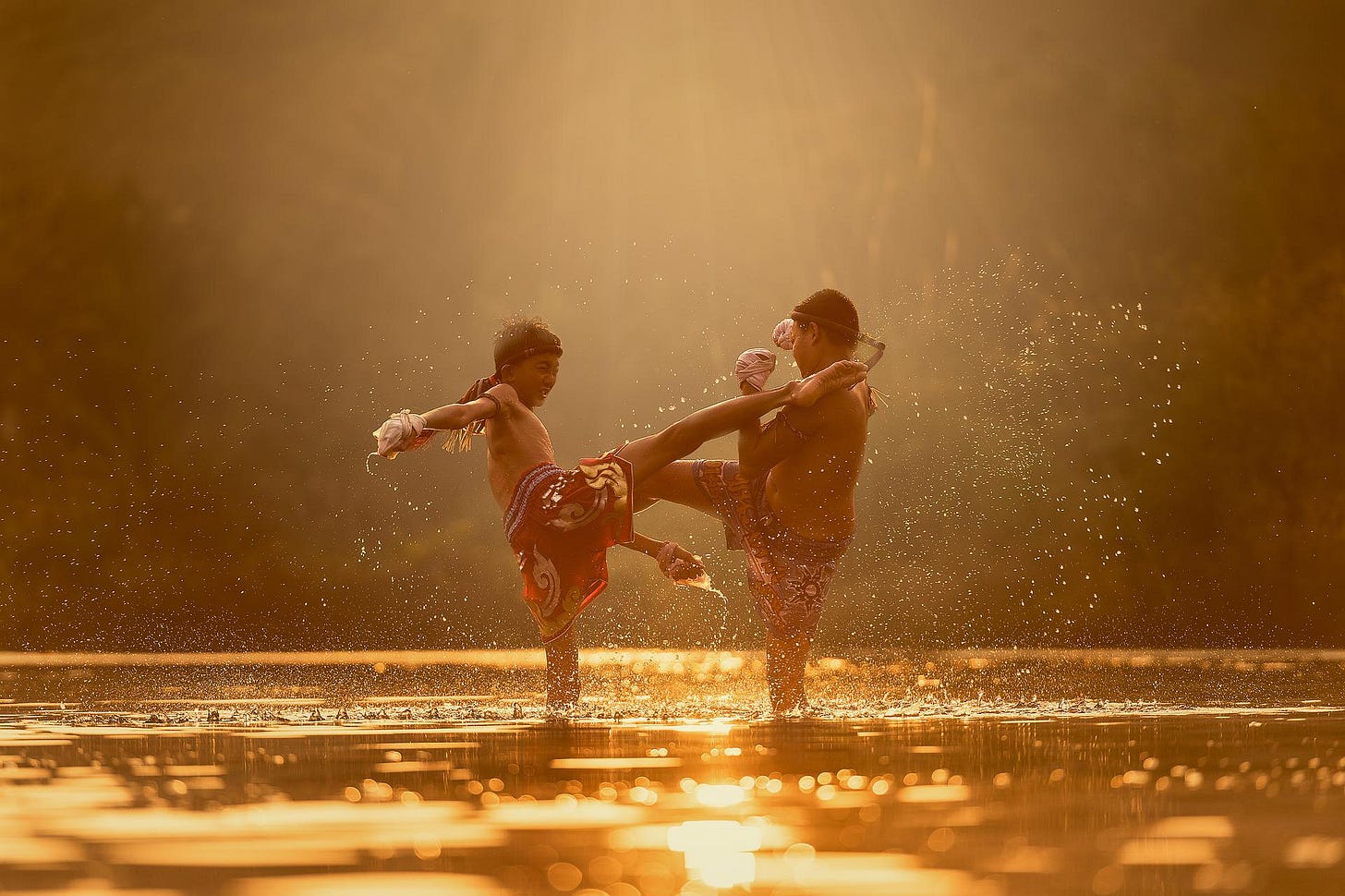Have you ever been talking to a friend about books you recently read and said the words, this book was awesome, except for _______. I know I have. So many amazing books out there are nearly perfect, except for a few scenes and bits the author decided to include. The most tragic part about those scenes, 99% of the time they are completely unnecessary to the plot or character development.
As we go through these 5 types of content, picture your audience and ask yourself if your readers want this type of content. I’ll be the first to admit, each of these content types probably have an audience and genre where readers expect it. If that’s the case, go right ahead.
I heard a story back when I was a little kid. A young teenager wanted to go watch a movie with some of his friends. The thing was, the movie was pretty good, except for a couple of scenes. Instead of trying to argue their teenager out of going to see the movie, the parents made a fresh batch of brownies. Just before their son took a bite they told him.

“Just so you know, when we were making the batter we added a little bit of dog poop to it. You probably won’t even notice it’s in there.”
You can bet their son did not eat the brownies.
While I have my own personal feelings toward what type of content constitutes a DNF for me, the following are a few of the most commented reasons why readers DNF a book.
#1 Pornographic/Graphic Sex Scenes
Characters are the key element of a great book. Readers want to understand what drives the MC and their companions. As a writer, we have the challenge of taking words and forming fictional characters that readers can identify with, understand, and care about. Relationships between characters in our story provide so much of that depth. How they interact with others helps readers visual them and image them as real people.

However, giving readers an overly graphic visual manifestation of your characters relationships can be extremely off putting, and for the most part, completely unnecessary. The pornographic scene itself often provides very little addition to the story. What takes place leading up to and shortly after those encounters will do more to drive your story forward.
So ask yourself, do readers need to see the intimacy between the characters, or can I accomplish the same thing through implication?
#2 Excessive Language:
Excessive language was a close number two, with only a few comments less than the last one. I have one experience as a reader where one time was excessive. I was reading a book that had an awesome plot, great characters, and an amazing world. I’m two-thirds of the way through the book and the MC drops the F-bomb out of nowhere. At no point had this character exhibited any characteristics of talking like this. Not only that, but the language didn’t even fit with the time frame and setting of the story.
I will say, at no point have I ever heard someone say. “That book was good, except it didn’t have enough curse words in it.” But according to my survey post, a whole lot of people stop reading a book because of the type/quantity of language used.
If you find the need to have your characters curse at one another, try to create language that fits in with your world. Two examples of authors who do this perfectly are J.K. Rowling with the use of Mudblood, and Brandon Sanderson with the use of Stormfather. In each instance the reaction of characters who hear the word tell the reader how foul and offensive such language is. But, the reader doesn’t cringe, they aren’t offended. How creative of an author can you be?
#3 Graphic Violence
Death, war, and violence, are often elements of stories. Readers are amazing creative and imaginative folk. One of the best parts of being a reader is their ability to fill in the blanks, see what wasn’t written.

When writing violence, allow the reader to fill in the blanks how they will. You as the author don’t need to paint so vivid a picture that your reader gets sick to their stomach. Sometimes less is more. I personally have an uncle that starts to feel woozy when talking about minor injuries. I guarantee he’s going to put your book on his DNF list if it contains graphic violence.
#4 Preachy/Religious and #5 Political Agendas
If you are sharing your beliefs through your writing, whether it’s political, or religious, make sure that the readers who pick up your book understand that from the get go. Part of being an author is being able to make statements on real world events, such as war, drugs, equal rights, etc. Go for it, write about those things, share your ideology with the world through your writing.
Almost every single person who commented that they DNF a book because it was preachy/religious, or political also said when it wasn’t expected. So many readers look at the blurb, title, and cover when deciding to read books. Don’t pull a bait and switch on them once they’ve started. Be clear and open about the purpose of the book and what the story it’s telling. Make sure that you are getting your book in front of the right audience.
Food for Thought
When you’re editing the book and cutting scenes that aren’t necessary to drive the plot forward. Ask yourself the question, “How much poop can I include before my readers put my book down?”
Quote:
At the end of the day though, this quote says it all.
“If it makes you happy, no one else’s opinion should matter.” Anonymous
More Words:
- Writing Prompts: 35 Writings Prompts to Bring out Your Creativity
- Naming Characters: Here’s some popular Celtic Names to play with.
- Book Review: The Summoner: Gail Z. Martin – Here’s my review
